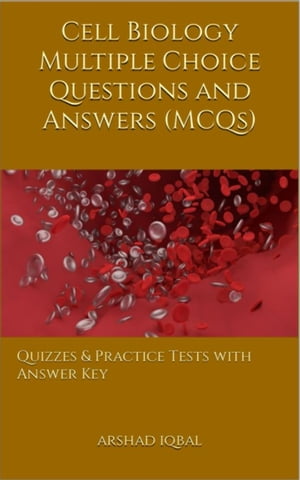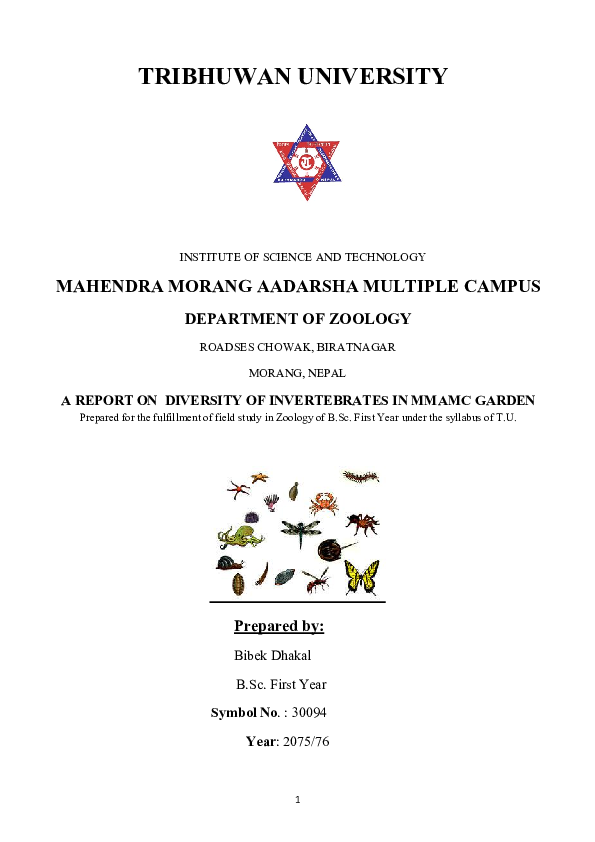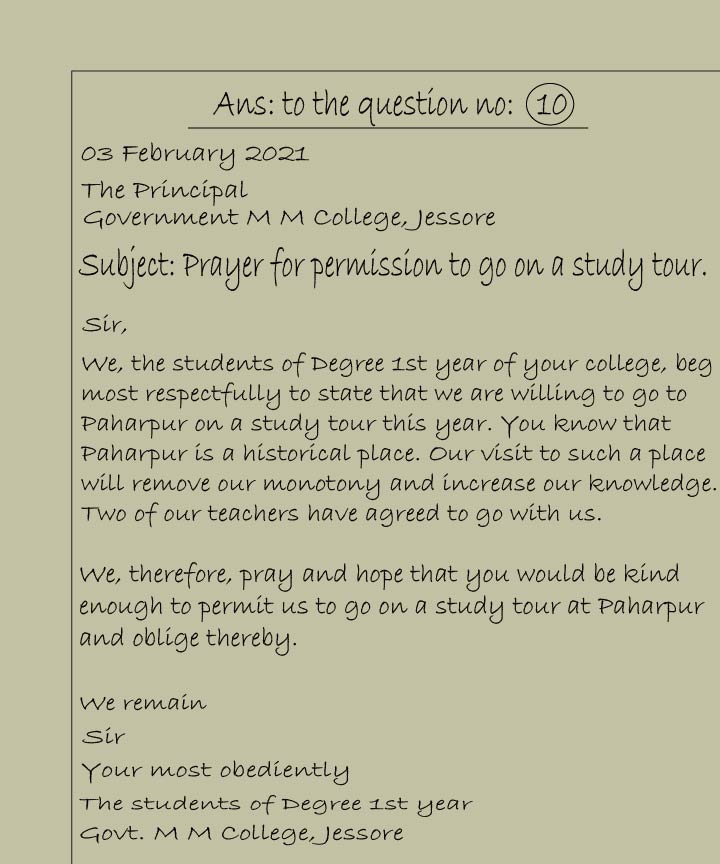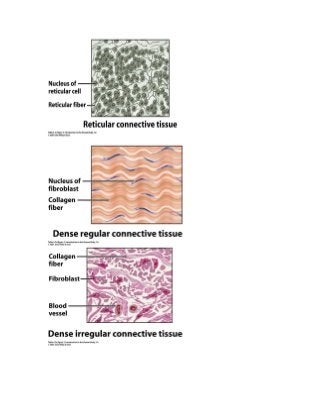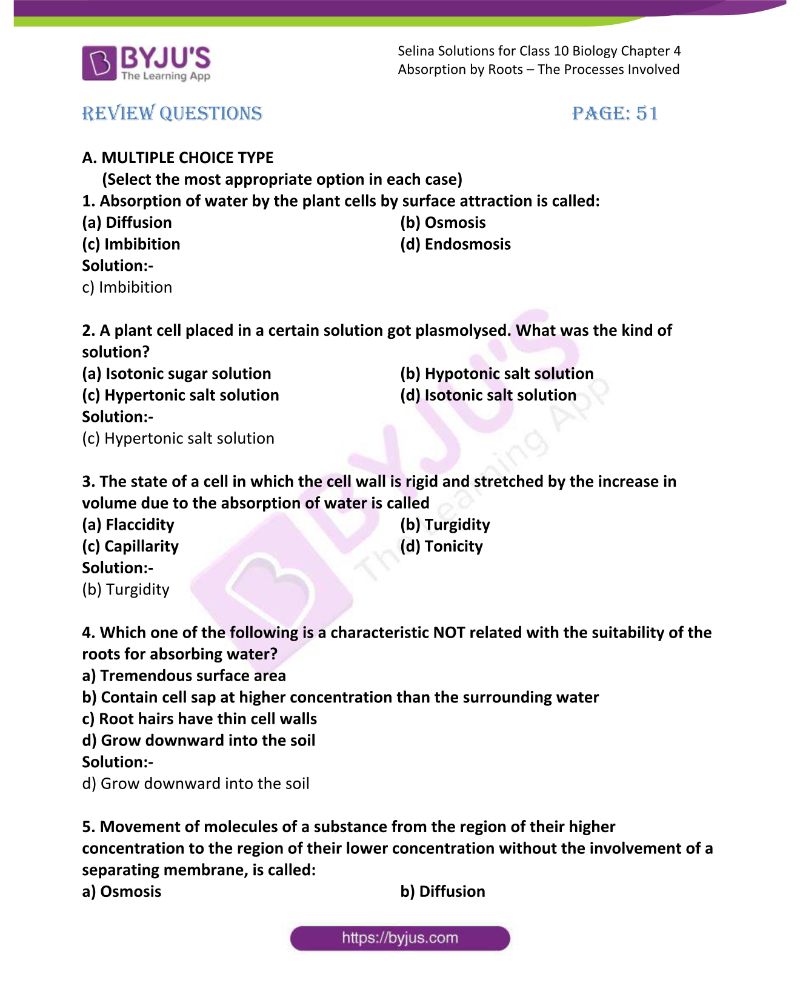A Tour of the Cell Chapter 6 Study Guide
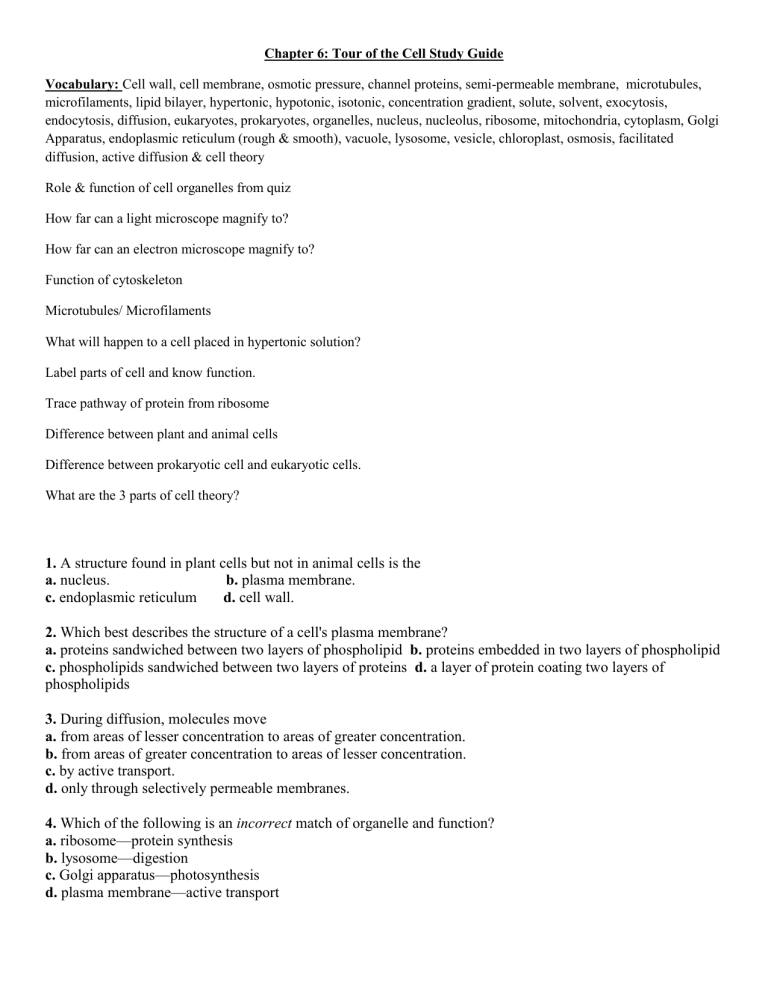
In A Tour of the Cell Chapter 6, students learn the structure of the plasma membrane. They also learn how ATP powers cellular work. DNA builds proteins. They also learn how RNA affects the metabolism of cells. A tour of the Cell chapter 6 study guide is a great way to review for the test. Here’s a breakdown of this chapter’s content. Use it to ace your test!
Describe the structure of the plasma membrane
A tour of the cell is a series of questions that delve deeper into the functions of the cell membrane. The cell membrane not only protects the cell but also regulates the amount of substances that enter and leave the cell. Proteins embedded within the membrane include fatty acids, amino acids, and ions. It also enables cells to interact with each other and eliminate waste products.
Absorption cells fold their plasma membranes to create fingerlike projections called microvilli. These folds increase their surface area, allowing them to better absorb nutrients from the food that they digest. In the study of celiac disease, absorption cells line the small intestine, where they absorb nutrients from the food we eat. Gluten-sensitive people have celiac disease, which is caused by an immune response to gluten, a protein found in barley, wheat, and rye. The disease is associated with malnutrition, diarrhea, and cramping.
In this section, identify structures and functions of different types of cells and how they are grouped in the cell. Axons are also surrounded by a membrane, which is called a myelin sheath. These protect the axon, which causes the spread of depolarization to be faster and more efficient. The axons are then surrounded by a network of neurons called dendrites. These cell types have different functions and are named for their function or the scientist who first described them.
Explain how ATP powers cellular work
ATP is a nucleotide that is composed of the nitrogenous base adenine and the sugar ribose. It is bound to ribose by three phosphate groups, and it is this phosphate tail that actually powers cellular work. The phosphate tail contains energy, which is released when the bonds between phosphates break or when a water molecule is added. The energy is then used to drive many different essential cellular processes, such as DNA synthesis, active transport, and muscle contraction.
The phosphate tail of ATP contains three negative charges, labelled alpha, beta, and gamma. These negative charges are what make ATP unstable. This happens because the phosphate tail has three adjacent negative charges that want to move away from one another. The result is a molecule called adenosine diphosphate. This molecule is used to power most of the cellular work that takes place in the body.
ATP stores energy in cells. The energy from the foods we eat doesn’t burn like a peanut. Instead, it is converted into energy stored in another molecule. The ATP stored in food does not drive cellular work directly. The chemical energy in food needs to be transferred to a different molecule in order for it to do its work. ATP provides energy for the dehydration synthesis reaction.
Explain how DNA builds proteins
If you have ever been asked to explain how DNA builds proteins, you are certainly no stranger to the process. Proteins are large molecules made up of amino acids that have specialized shapes and can bind to specific molecules inside the cell. They start out as a long chain, and DNA tells the cell how to construct it from there. Once a chain is completed, the DNA’s instructions are carried to ribosomes and translated into a protein.
A single strand of DNA contains instructions on how to build proteins. These instructions are contained in genes, which in humans can be as long as one million bases. The sequences of the amino acids dictate when and how proteins are made. In humans, these instructions are translated into proteins by enzymes. These enzymes read the genetic code in a DNA molecule, known as messenger RNA. The enzymes then translate this information into a protein, referred to as a protein.
The synthesis process is the same for both transcription and DNA replication. The DNA molecule must unwind before it can be replicated. The sense strand serves as a template. The polymerases add nucleotides to the growing strand and signal termination when the process is finished. After the process has completed, the resulting protein is assembled. This process is repeated in many different species of organisms. And there are hundreds of different proteins that humans make every day.



